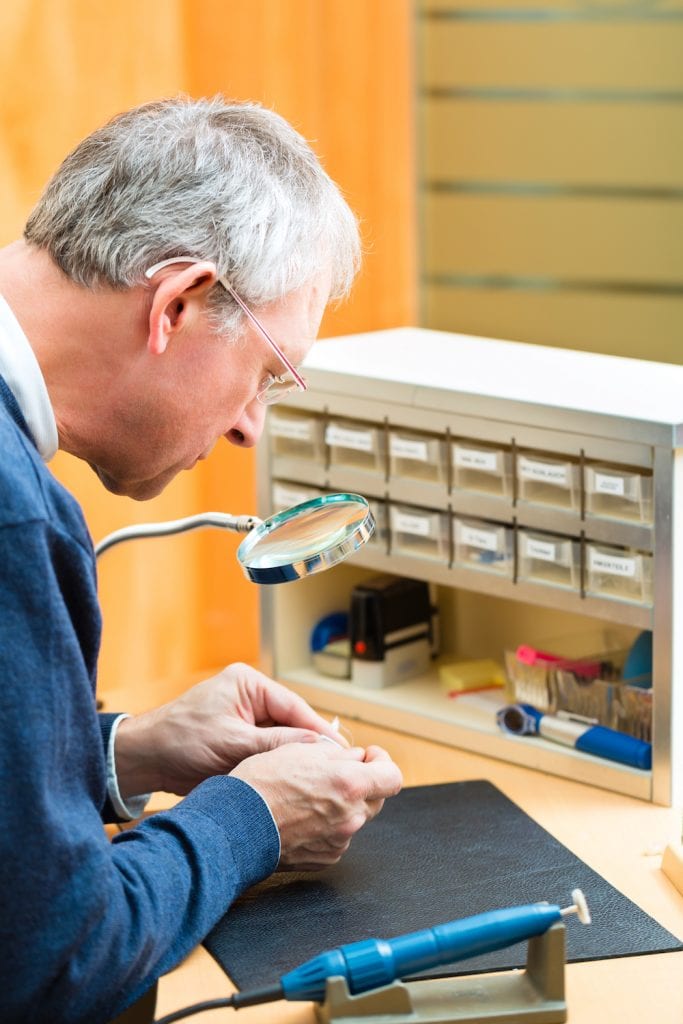
Hearing aids are an essential device for many to improve their quality of life and allow them to experience normality, even after experiencing hearing loss. However, like any device, they are not infallible. While hearing aids will work perfectly more often than not, there will be occasions where they do not work the way they should. One issue you might encounter is a hearing aid with no sound, so here is some advice for troubleshooting it to get to the bottom of the issue.
Turn the hearing aid off and on again
The typical response for troubleshooting a hearing aid is to switch it off and on again, especially if it is a modern, high-tech model. Switching the device off and on again will give it the chance to reset, which will bring everything back to normal and ensure your hearing aid works as it should.
Check the volume level
As simple as it sounds, sometimes, hearing aid users have simply turned the volume down without realizing it. If the hearing aid does not regain sound after resetting it, check that you have not accidentally lowered the volume to an indistinguishable level while fiddling with it and taking it out of your ear before bed. If you have a Bluetooth hearing aid, you should be able to check the volume on your smartphone or tablet.
Check and replace the battery
Depending on the model, a hearing aid battery can last anywhere between three and 22 days, even without charging it. If you have had your hearing aid for a long time, the battery may have degraded to the point where it does not work anymore and this will result in no sound, so it’s time to replace it whenever you can.
Inspect the receiver tube
The receiver tube is the part of the hearing aid that transfers sound into your ear, and if you are experiencing no – or just muffled – sound, it could be a sign that the receiver is blocked. You will need to clean this tube by taking a soft brush to gently wipe away any blockages, such as wax or dust and test your hearing aid again.
Inspect the microphone
Besides the receiver tube, the microphone could also have dirt, wax or dust blocking the passage. This could impact the quality of the sound or remove the sound altogether. You will need to inspect and clean the microphone with a gentle brush.
Check for hearing aid damage
If you use your hearing aid all day, every day, there is a greater risk of damage, even if you are as careful as you can be with it. If none of the above troubleshooting methods work, check the hearing aid for damage. The device may have suffered scratches or the components could have become loose. If so, you will need to search for hearing aid repairs to get it working again.
Consult your audiologist
If you’re unsure where to find these repairs, it’s best to consult your audiologist. While the repairs may be fast, you still need a hearing aid in the interim, and they can offer a replacement hearing aid while you wait for the repair.






